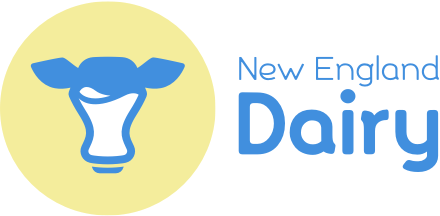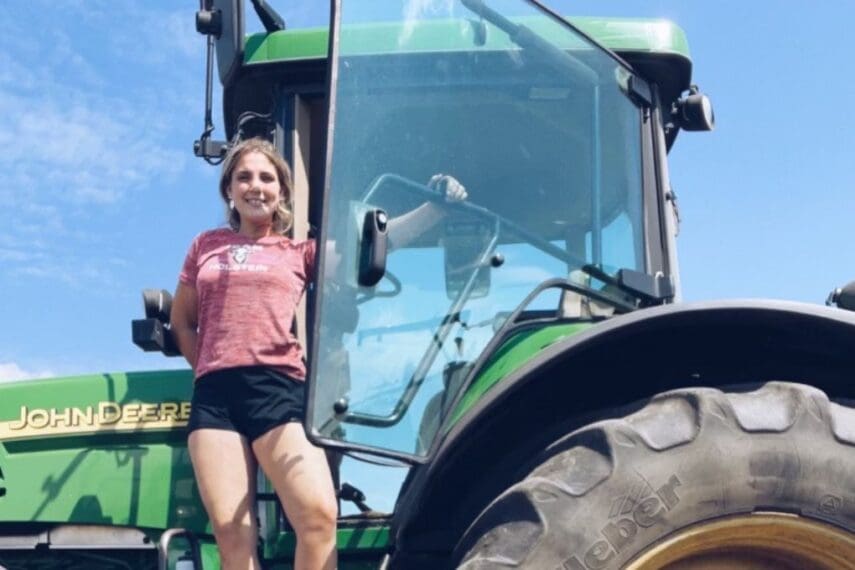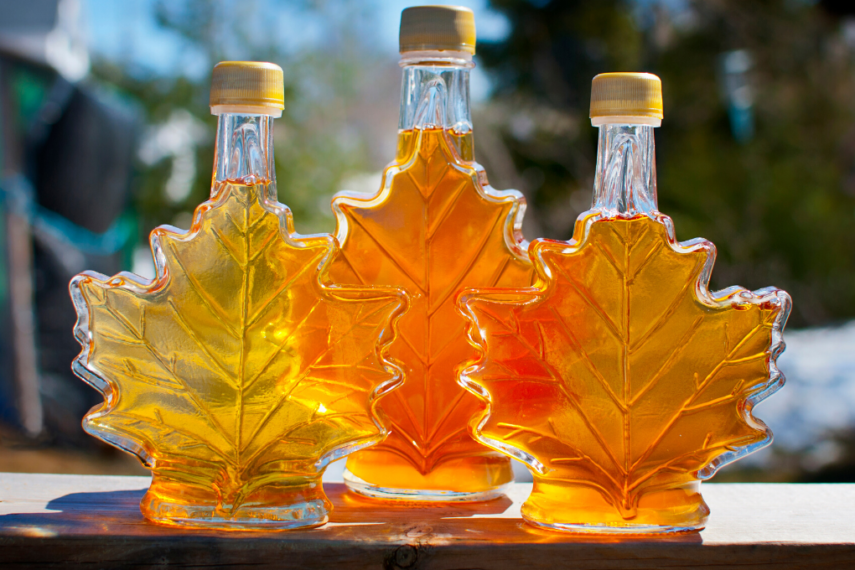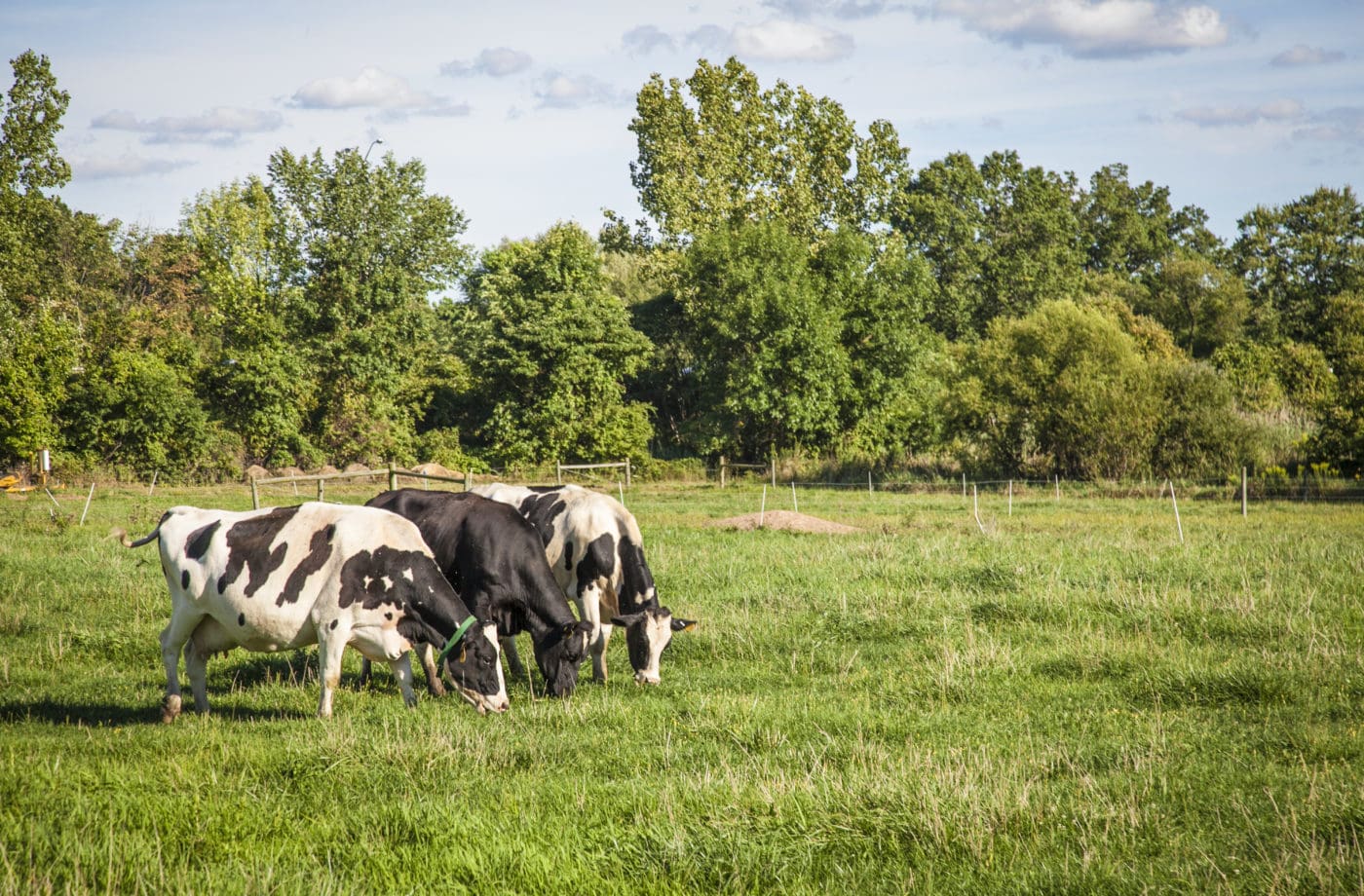
With so many conflicting opinions about our food choices, we often look for a simple solution to complex issues like climate change, or how to feed a growing population in a sustainable way. Some people may think a simple fix to this issue could be to eliminate an entire food category, like dairy. You might hear that a plant-based or a vegetarian diet can’t include dairy, because of health or environmental reasons. The truth is, our food system is complicated, plants and dairy foods are highly connected, and they are better together.
Here are 3 reasons why a plant-based dairy-friendly diet, or a lacto-vegetarian diet, is a healthy and sustainable choice.
1. Without dairy in our diets, emissions reductions would be minimal
According to the United States Environmental Protection Agency, U.S. agriculture (plants and animals) contributes approximately 9% of the nation’s total greenhouse gas emissions, with half coming from animal production. A recent study looked at what would happen if we removed animal agriculture from our food system in the U.S. The study found that without animal agriculture there would be a 2.6% reduction in total U.S. emissions.
Why such a small reduction? One reason is that without animal agriculture, we would need to produce and eat more plant foods to meet nutrient requirements due to the lower essential nutrient density in plant-based foods available. Another reason is that without manure from animals to fertilize plants, it becomes necessary to produce greenhouse gas intensive man-made fertilizers to grow plants. Plants and animals are connected and need each other.
2. Dairy packs big nutrition in our diets, with small environmental impact
I recently heard an environmental scientist say, “there is no free lunch” when it comes to our food system. All food has an environmental impact, even plant-based foods. If we were to simply eat the one crop that has the lowest impact on our land, water, and energy, it would be sugar (sugarcane)! The key is to find the sweet spot – foods that, together, provide the greatest nutritional value to us, with a minimal environmental footprint. Here’s a snapshot of how dairy can be a part of that solution:
- On average, milk provides up to 19% of protein, 9% of calories, and 14% of fat in our diets.*
- The dairy community makes dairy foods and ingredients available to nourish people 365 days a year.
- It takes less land to provide dairy foods than you might think. Dairy uses 3.7% of U.S. farmland, and 7% of the total land on earth.** Learn more about livestock and land use.
- Today, producing a gallon of milk uses 65 percent less water than it did in 1944. Dairy is ~5% of total U.S. water withdrawal.**
- U.S. dairy cows generate the fewest greenhouse gas emissions per gallon of milk compared to all other countries in the world.***
3. Cows eat a lot of things that people can’t eat, making them the ultimate recyclers
There are a lot of byproducts from human food production that end up in landfills and contribute to greenhouse gas emissions. Cows can save that food waste and convert it into nutrient-rich dairy foods to help nourish people. In fact, 80 percent of what cows eat can’t be digested by people.****
Cows eat coproducts and byproducts such as pulp, peels, pits, and seeds from fruits and vegetables, as well as hulls from almonds. Cows also unlock nutrition from plants, which may have little protein of varying quality, and turn this into milk, which contains high-quality protein and several essential nutrients to help nourish people. Dairy cows are nature’s recyclers.
So, what’s the bottom line?
Enjoy dairy in a plant-based diet and feel positive about your food choices!
The U.S. dairy industry has set aggressive new environmental sustainability goals to achieve GHG neutrality, optimize water usage, and improve water quality by 2050. These 2050 goals support a vision that dairy can be an environmental solution. Learn more about the 2050 environmental goals.
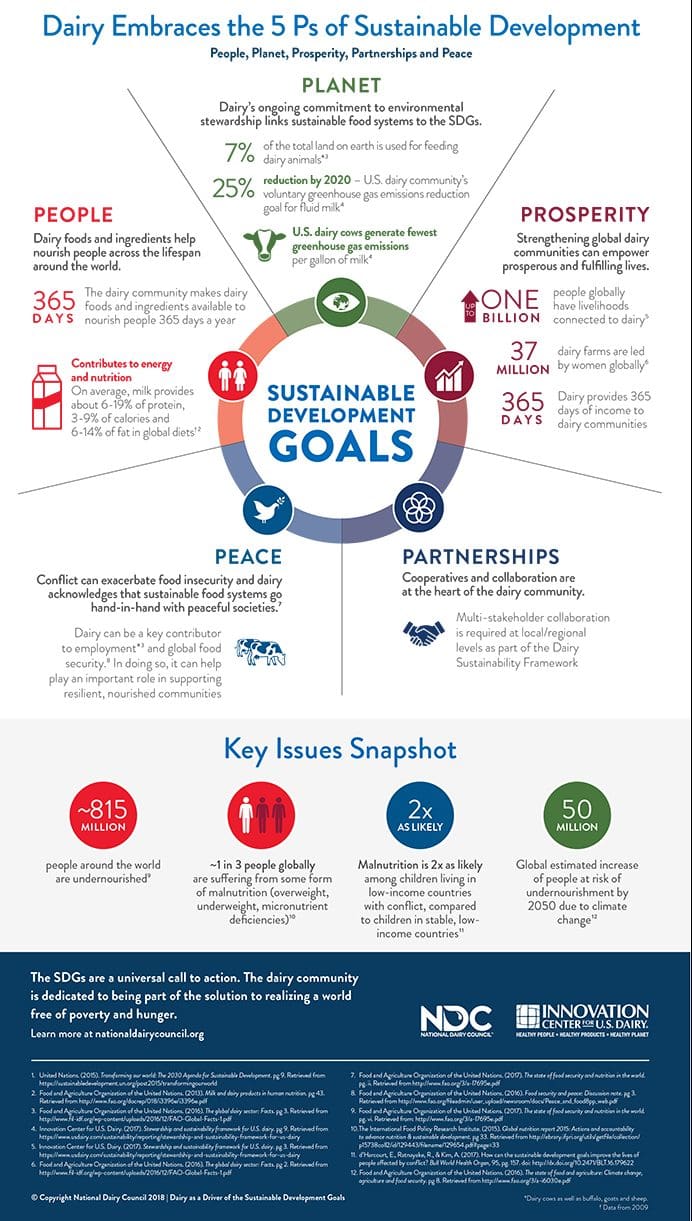
References:
*Food and Agriculture Organization of the United Nations. Milk and dairy products in human nutrition. p. 43
**Henderson, A., Asselin, A., and Heller, M., et al., U.S. Fluid Milk Comprehensive LCA. University of Michigan &University of Arkansas, 2012
***Innovation Center for U.S. Dairy. (2017). Stewardship and Sustainability Framework for U.S. Dairy. Pg 9.
****90 Tricarico JM. Role of dairy cattle in converting feed to food. Proc. of the 2016 Tri-State Dairy Nutrition Conference, Fort Wayne, IN. 2016 (ref 5): 49-57.
